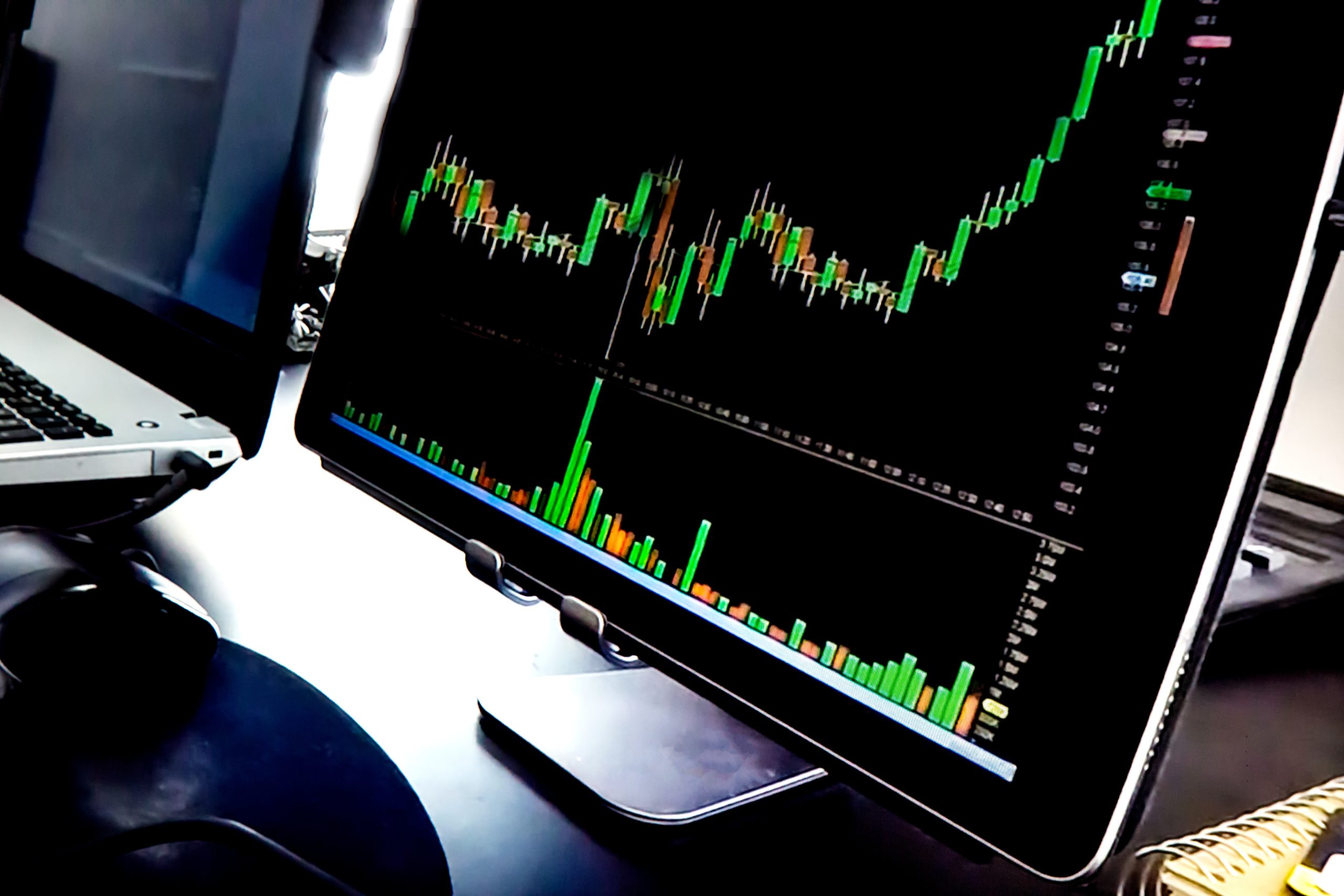
Olanie J. Trades
About Me
My name is Olanie J., a realtor and Futures trader, and the creator of the Billionaire Trading Strategy (BTS). I began trading in 2014, drawn first to Bitcoin and soon to the stock market, where I found a passion for challenges and a journey of personal growth. Despite early setbacks, I stayed committed to learning and simplifying my approach, focusing on discipline, psychology, and price action. This disciplined strategy transformed my trading, and now I aim to guide others in mastering the market with confidence and simplicity.
95%
Gains
5%
Losses
Benefits
The billionaire trading strategy
The Billionaire Trading Strategy offers a unique and straightforward pathway to success through a blend of experience, resilience, and a disciplined approach to the stock market. Having started with Bitcoin and grown through years of commitment to mastering trading psychology and price action, I developed the Billionaire Trading Strategy (BTS), which simplifies trading complexities and emphasizes confidence and clarity. With my proven, straightforward methods, you can bypass common pitfalls and build a solid foundation for sustainable trading success.
Break Free! Discover Growth Beyond the Comfort Zone
Comfort zones may feel safe, but they keep you trapped in a cycle of missed opportunities. Step beyond, and you’ll find the growth, resilience, and success you’ve been searching for.
Path to Success
Dream big, work hard, stay focused, and build a circle of positive, supportive people—these are the steps that turn aspirations into achievements.
What should i trade?

Stock Trading
Stock trading is the art of buying and selling shares to profit from market movements. It combines strategy, analysis, and discipline to navigate the financial markets successfully.

Option Trading
Option Trading offers flexibility to profit in rising, falling, or stable markets by buying or selling contracts on assets. Mastering options can enhance your trading strategy, helping you control risk and leverage investments effectively.

Futures Trading
Futures Trading offers a powerful way to speculate on market movements, manage risk, and diversify portfolios. Unlock potential profits by mastering trends, leveraging contracts, and understanding the nuances of price action.
Reviews

"
I recently completed the one-on-one session with Olanie, and it’s hands down the best investment I’ve made in my trading journey! She broke down complex strategies into clear, practical steps, making it easy to understand and apply. I appreciate the focus on discipline and psychology, which truly set it apart from other courses. Olanie J.’s experience and passion for teaching shine through, and I’ve gained the confidence I need to make smarter trading decisions. Highly recommend it for anyone serious about trading success!”
Latest News
Questions?
Trading involves buying and selling financial instruments (such as stocks, currencies, commodities, etc.) in financial markets with the aim of making a profit. Traders analyze market conditions, trends, and price movements to make informed decisions on when to enter and exit trades.
Investing typically involves buying and holding assets for the long term, focusing on growth over time, while trading involves shorter-term strategies to take advantage of price fluctuations. Traders may hold positions for minutes, hours, or days, whereas investors generally hold assets for months or years.
The amount needed to start trading can vary widely depending on the market and trading style. Many brokers allow you to start with as little as $100, but having a larger capital base (e.g., $1,000 to $5,000) can provide more flexibility and reduce the impact of commissions and fees on your overall returns.
You can minimize losses by implementing risk management strategies, such as setting stop-loss orders, diversifying your portfolio, and only risking a small percentage of your capital on each trade. Proper position sizing and emotional discipline are also key to managing losses effectively.
Technical analysis involves studying historical price charts and patterns to forecast future price movements, using tools like indicators and trend lines. Fundamental analysis focuses on evaluating a company’s financial health, industry position, and economic factors to determine its intrinsic value and potential for growth.
Yes, you need a brokerage account to trade. Brokers facilitate your transactions in the market, provide access to trading platforms, and offer tools and resources to help you trade. It’s essential to choose a reputable broker that meets your needs in terms of fees, trading options, and support.
Trading can be a full-time job, but it depends on your trading style and goals. Some traders choose to trade part-time while maintaining other employment, while full-time traders actively manage their positions and continuously analyze the markets.
Trading psychology plays a significant role in decision-making. Factors like fear, greed, and overconfidence can lead to poor choices. Developing discipline, patience, and emotional control is essential for maintaining a consistent trading approach and sticking to your strategy.
A trading plan is a comprehensive document that outlines your trading goals, strategies, risk management techniques, and evaluation methods. It serves as a roadmap for your trading activities and helps maintain discipline by providing clear guidelines for entering and exiting trades. Having a trading plan increases your chances of long-term success.
A stop-loss order is a predetermined price level at which you will exit a losing trade to limit potential losses. A take-profit order is set at a specific price level to automatically close a profitable trade once it reaches your desired profit target. Both orders are essential risk management tools that help protect your capital and lock in profits.
You can trade in various markets, including stocks, options, futures, forex (currencies), and cryptocurrencies. Each market has its unique characteristics, risks, and trading hours, so it’s important to choose one that fits your trading style and risk tolerance.
A trading strategy is a plan that outlines how you will enter and exit trades, manage risk, and achieve your trading goals. Having a strategy is crucial for consistent success, as it provides a framework for decision-making and helps eliminate emotional trading.
Trading involves various risks, including market risk (the risk of losing money due to price fluctuations), liquidity risk (the risk of not being able to buy or sell an asset quickly), and leverage risk (the risk of amplified losses when using borrowed funds). It’s essential to understand and manage these risks through proper risk management techniques.
Learning to trade effectively involves a combination of education, practice, and experience. You can start by taking trading courses, reading books and articles, and following reputable trading blogs. Additionally, practicing on a demo account can help you gain experience without risking real money.
When choosing a trading course, look for one that covers essential topics like trading strategies, risk management, and technical/fundamental analysis. It should also provide practical examples, access to trading tools, and ongoing support or community engagement. Reviews and testimonials can help gauge the course’s effectiveness.
The timeline to become a successful trader varies for each individual. Some may start seeing consistent results within a few months, while others may take years to develop their skills. It requires ongoing learning, practice, and a commitment to improving your trading approach over time.
Leverage allows traders to control a larger position with a smaller amount of capital by borrowing funds from their broker. While it can amplify profits, it also increases the risk of significant losses. It’s crucial to use leverage cautiously and understand the implications for your trading account.
When choosing a trading platform, consider factors such as user interface, available trading tools and resources, fees and commissions, customer support, and the range of markets offered. It’s helpful to read reviews and, if possible, try out demo versions to assess the platform’s usability and features before committing.
News and economic indicators can significantly impact market prices. Traders often monitor economic reports, earnings announcements, and geopolitical events to anticipate market movements. Understanding how these factors influence supply and demand can help traders make informed decisions and adjust their strategies accordingly.
Tracking your trading performance involves keeping a detailed trading journal that records your trades, strategies used, market conditions, and emotional state during each trade. Analyzing this information helps identify strengths and weaknesses, refine your strategies, and develop a better understanding of your trading behavior, ultimately leading to improved performance over time.



